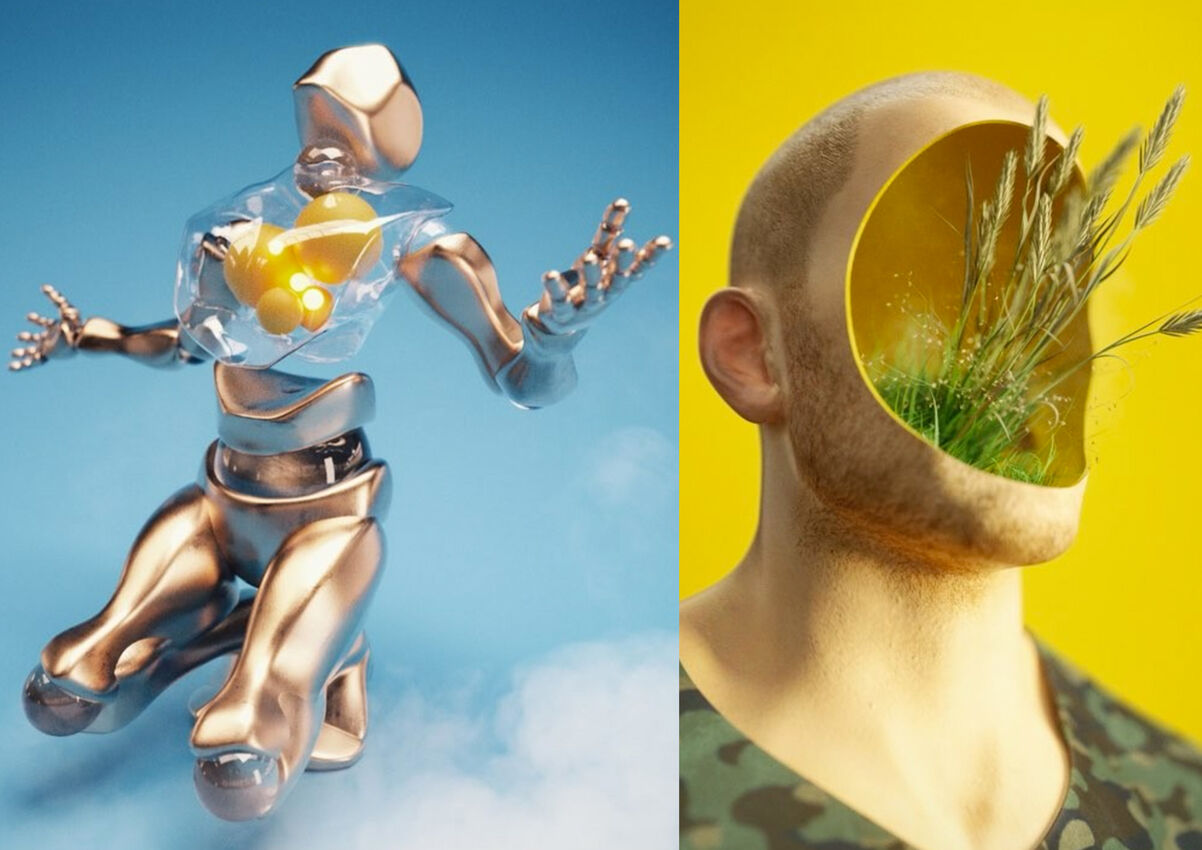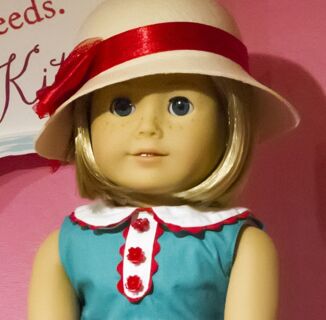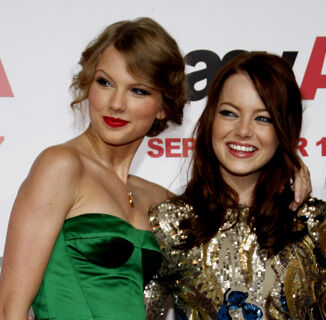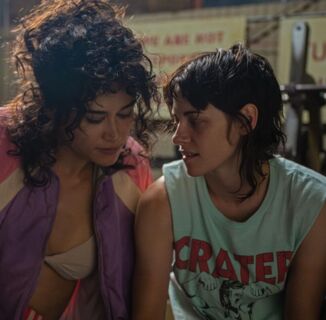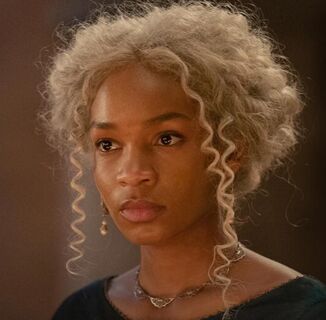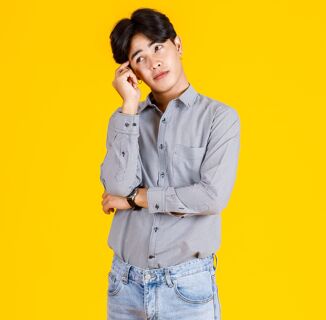Meet your new Instagram obsession.
Italian-born, Tokyo-based 3D designer and artistic director Alessio De Vecchi creates globular dreamscapes and playful humanoid animations that are hard to put into words. Fortunately we don’t have to, because he posts his personal visual explorations online for all to see.
Check out De Vecchi’s work @alessiodevecchi and learn more about his background and process in our interview below.
Tell us a bit more about who you are, where you’re from, and how you got to doing what you do now.
I am originally from Milan, Italy, but I lived in NYC for nine years and moved to Tokyo a little over a year ago.
I studied product design and architecture in Milan at Istituto Europeo di Design. Not long after I graduated I moved to NYC and realized that product design wasn’t exactly thriving there. In 2008 I started working on more ‘intangible’ products as a personal visual exploration. I had a friend who worked as an account executive at a big advertising agency and that’s how I got into 3d and animations. I have been working in advertising ever since.
I’d say I always had an inclination towards the arts. I started painting when I was four. I explored different medium since childhood. I would say that 3d is the medium that I am now more comfortable with. I’ve been using 3d software since 2001.
How do you describe what you do?
It’s not easy to pick a title. I’d say I am a 3d designer & art director. A good friend of mine always introduce me as ‘animator,’ but for some reason that sounds funny to me.
Can you name some brands you have worked with on special projects?
Adidas, Samsung, Citibank, La Prairie, H, Deloitte, HBO, and many italian design brands like Cappellini, Patricia Urquiola, and Driade.
It’s a very new art form. What artists inspired you?
I grew up in Italy, so it’s no surprise that I got inspired by the classics in the first place.
Anyhow, I’d say that two people that really inspired my aesthetic are David Lynch and David Cronenberg. Also Blade Runner and Strange Days were movies that changed my vision forever. Basically anything that has to do with alienation and contains a dystopian element.
I am definitely inspired daily by the artists I follow on Instagram. A couple of years back I participated in the design contest created by @36daysoftype and I got to discover great artists like @velvetspectrum, @petertarka, @antonitudisco and @madebykaran. Recently, I’m really loving the work of @_estebandiacono and @extraweg. I am learning a lot from them.
Talk me through the process of how one of your human renders is created?
The humanoid animations are realized using motion capture data. For my personal projects I use free motion capture data that I find online because motion capture is expensive.
Usually I come up with a concept that contains a surreal element and I make a quick sketch with notes (I have hundreds of ideas sketched, but literally no time to execute the most complex ones!). I then pick the right motion capture for it and import it into my main design tool, Cinema4d. From there I might create physics simulations or surface mutations/morphings using Houdini (another powerful 3d software). In Cinema4d I set up materials and lighting and then render the result with Octane render. Some post production in After Effects and that’s it.
Sometimes the human takes the form of food, liquid, or natural fibres. What are you trying to say by doing that?
I guess I am talking about the frailty of being human. Humans are so versatile, but so fragile.
Living in big cities is inspiring to me. It’s fascinating howdespite the high density of peoplehuman interaction is difficult and dry. I try to recount the sense of isolation, solitude and alienation.
What advice do you have for anyone who wants to create this sort of art? How did you learn it, and how can they?
Give up on social life! Ahahah. Jokes aside, invest your free time to experiment. Watch tutorials (there’s plenty of that online, especially for Cinema4d). Be inspired by the work of others, engage and connect with them. Don’t be afraid of ‘copying’ others’ work. Once you understand the technique you can transpose it to your original concepts. There’s no end to learning in such a fast-developing field!
What projects are you working on now?
Too many! Among others, a short movie I have written, some work for Adidas, and visual content for a Californian start-up (GAKKO Inc.) that works in education and a collaboration. A couple of years back I started a virtual reality project, Hyperplanes of Simultaneity, with painter and longtime friend Fabio Giampietro. I might direct my first music video soon!
What do you hope to achieve through this art form?
I try to create compelling visuals with a surprising, upsetting element. I want to trigger an emotional response. One of my favorite things to do is read the comments on my instagram pieces. You quickly realize how the perception of what you do can get very far away from what you intended. The same piece is experienced as funny to some and horrifying to others. I literally got death threats for pieces that apparently terrorized someone’s son!
What I post on Instagram is my personal work only. No commercial projects. I want my followers to see my imagery and not the imagery I create from briefs that are given to me by my clients. Instagram has turned out to be an incredible platform to showcase my work. Having consistent feedback is a great way to improve yourself. Also, Instagram is somehow democratic. If you produce cool visuals you can be noticed and grow your following. This is something unprecedented for young artists, at least at this scale. One video I posted has been viewed nine million times. That is an incredible number for artists that usually work ‘behind the scenes’ for big brands.
Help make sure LGBTQ+ stories are being told...
We can't rely on mainstream media to tell our stories. That's why we don't lock our articles behind a paywall. Will you support our mission with a contribution today?
Cancel anytime · Proudly LGBTQ+ owned and operated
Read More in Culture
The Latest on INTO
Subscribe to get a twice-weekly dose of queer news, updates, and insights from the INTO team.
in Your Inbox

